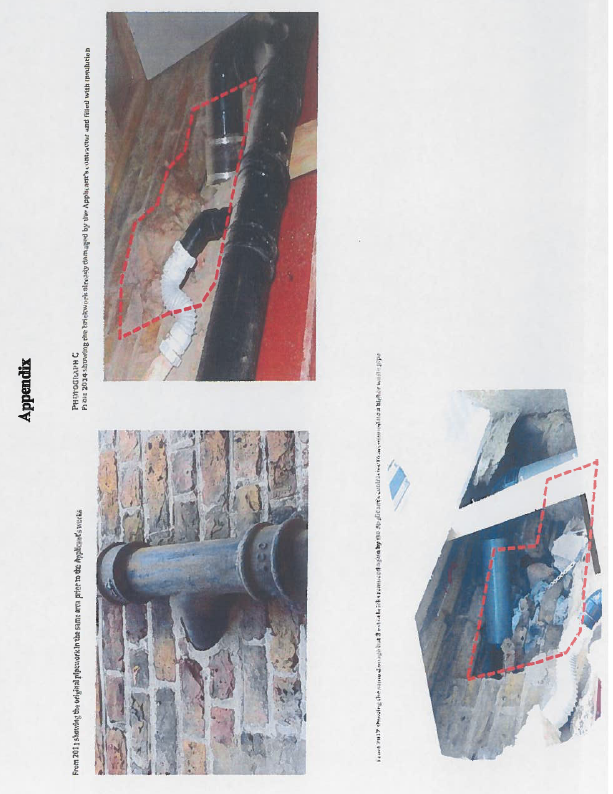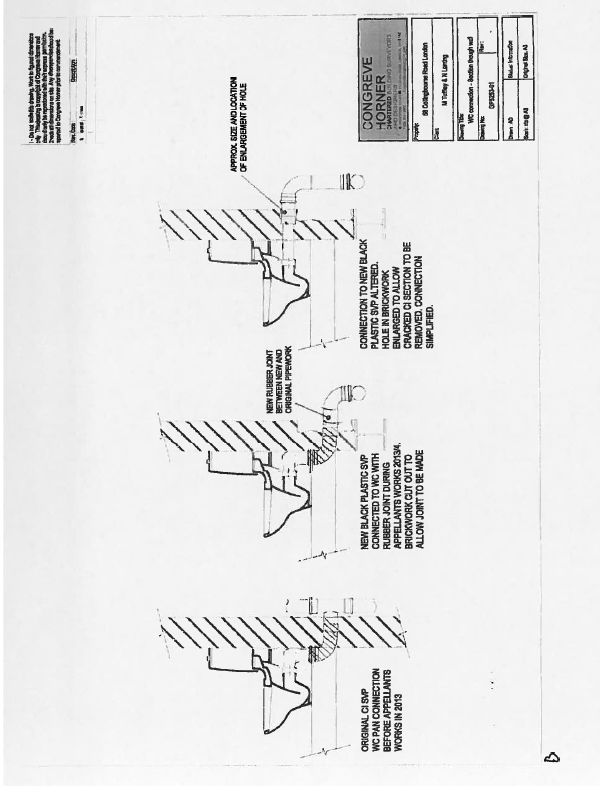
United Kingdom Upper Tribunal (Lands Chamber)
You are here: BAILII >> Databases >> United Kingdom Upper Tribunal (Lands Chamber) >> Trimnell-Richard v Tuffley (LANDLORD AND TENANT - breach of covenant - sufficiency of reasons) [2018] UKUT 150 (LC) (10 May 2018)
URL: https://www.bailii.org/uk/cases/UKUT/LC/2018/150.html
Cite as: [2018] UKUT 150 (LC)

